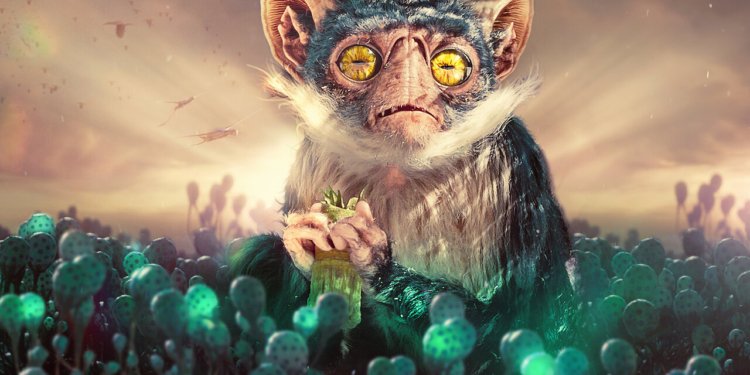A lot has been said, researched, written, and made on the extraterrestrial. Yet the topic has a never ending charm for imagining life outside earth creates possibilities and hope for finding vaster knowledge.
Netflix recently released its original series – Alien Worlds – at a time when the whole world is still stuck in homes. The series re-imagines earth’s creatures in an Alien World giving the humans a much needed escape.
Alien Worlds, with four episodes, shows how extraterrestrial life might look like, based on evolution of life on Earth. The series is both a documentary and a science fiction uses advanced graphics to animate the plant and animal species that the earth already has.
On the fictional exoplanet, fish-like birds are airborne for their entire lives, while on tidally-locked Janus, five-legged crustaceans called “pentapods” mature into two drastically different forms of the same species, depending on which side of the planet their larvae land on. Likewise monkey-like predators migrate with the sun while the offspring of their prey wait in spherical cocoons up in the trees.
The entire concept is based on the possibility of having similar environment like that of earth which might give rise to the possibility of life and its evolution.
The animators indeed play the biggest part in bringing the whole alien world to life. Its truly funny to note the resemblances and draw inferences between the original and alien species. Even the weather patterns and air densities have been mimicked and modified to bring out the best visionary experience adhering to scientific norms.
Well of course one can recall blockbuster hit Avatar while watching the series.
Everything that is shown in Alien Worlds is not all bogus. It’s all based on possibilities of life. To convince the audience, the show consults with specialists in a wide range of areas, from cavers hunting for gloopy bacterial colonies known as “snottites,” to mycologists studying the network of fungal mycelium that connect the trees in a forest. It documents the symbiotic relationship between African hunter-gatherers and a bird called a honeyguide that communicates with them to lead them to a hard-to-reach beehive, and the biodiversity that exists within a single species of leafcutter ant whose offspring have the ability to grow into vastly different types suited for vastly different jobs.
One episode features Didier Queloz, a Swiss astronomer who won the Nobel Prize in 2019 for discovering 51 Pegasi b, the first-known exoplanet orbiting a Sun-like star. Since then the probability of one day finding not only another planet that is habitable, but another planet that contains an entire extraterrestrial ecosystem, and perhaps even intelligent life similar to our own. Has increased drastically
Viewers are then taken to the Arecibo Observatory (of GoldenEye fame), from which a message describing Earth and humanity was beamed into the far reaches of space, to which there has been no response. But who knows if we were already visited by E.T. in the past or if we ourselves are not a result of Darwin’s theories and have distant cousins waiting galaxies away. What if someone of them who may or may not be related to us feels like waving at us?
https://www.youtube.com/watch?v=2YTYleNFaPE







